Making rhubarb jam is a great way to preserve your rhubarb, so that you can make it last a little longer. There are a number of ways to make rhubarb jam, and we will be comparing two of them. Learn how to make rhubarb jam, with and without pectin.
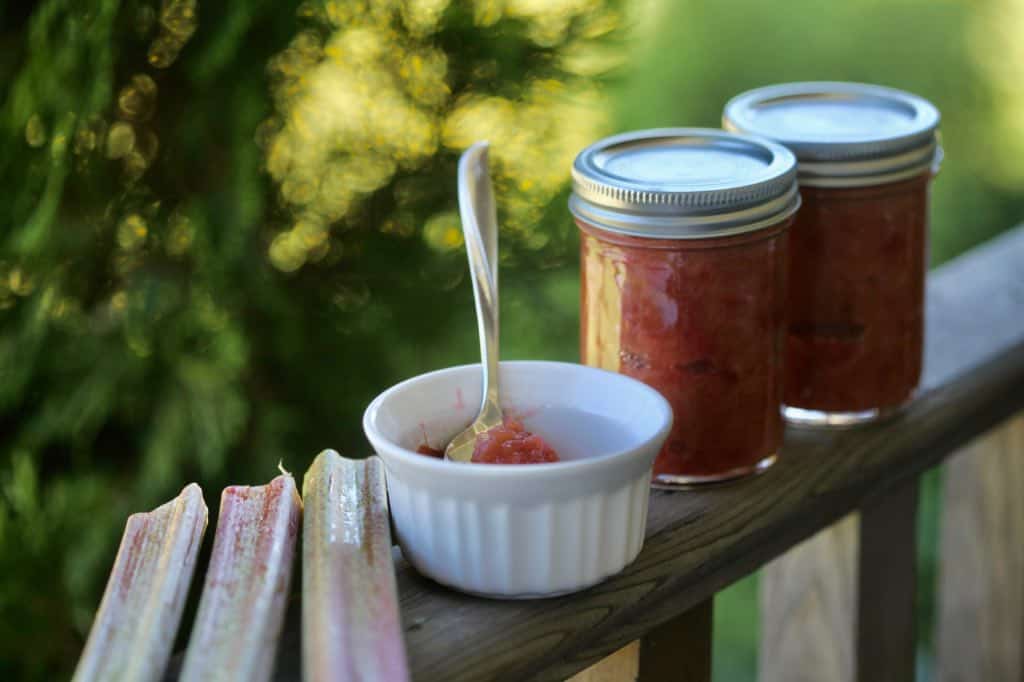
Rhubarb has that very tarty taste, which when added to something sweet, makes for an intense burst of flavor on the palette.
Because I absolutely love this rhubarb flavor, tart rhubarb has been one of my favorite spring crops for a very long time.
Spring rhubarb makes a perfect jam, and is one of the first preserves to make from the garden at the beginning of the season.
The jam making process is also an easy way to use up an excess of rhubarb, preserving it for later use.
We recently planted a new rhubarb patch at the farm. This special patch will be ready to harvest from in several years.
In the meantime we are harvesting from our extra large family patch, which is at least thirty years old, and possibly much older.
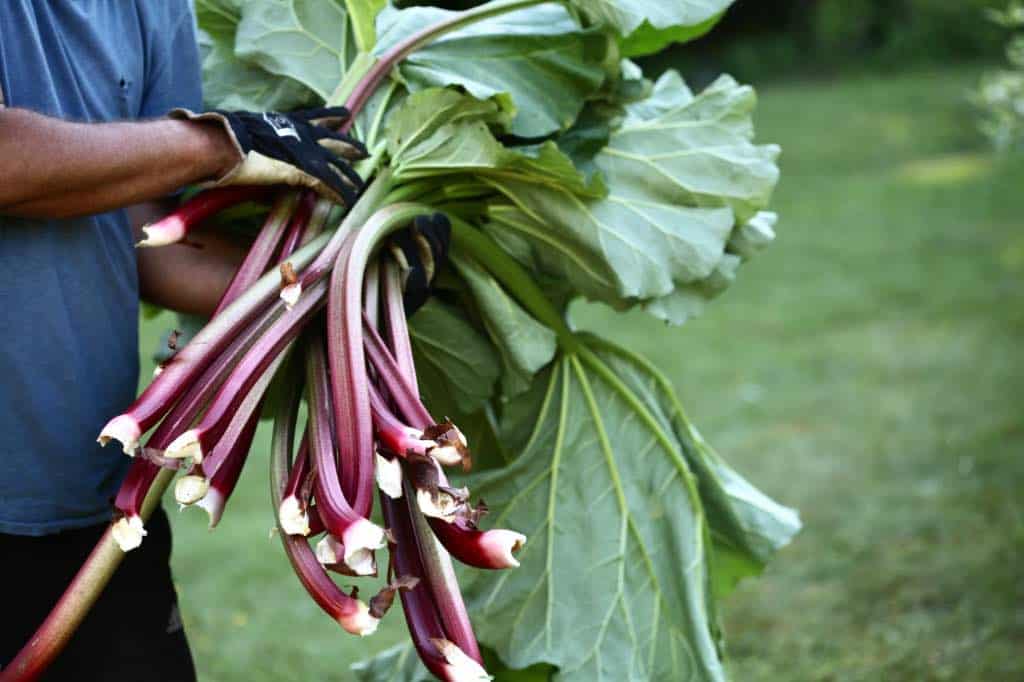
The rhubarb stalks are large, but tender, and absolutely full of flavor.
To use up rhubarb, it's always good to get creative and try some rhubarb recipes.
FUN FACT: Did you know that rhubarb is actually a vegetable? For the longest time I thought it was a fruit!
Preserving some of your rhubarb by making jam is a great way to enjoy this wonderful seasonal vegetable, for both in season and off season enjoyment.
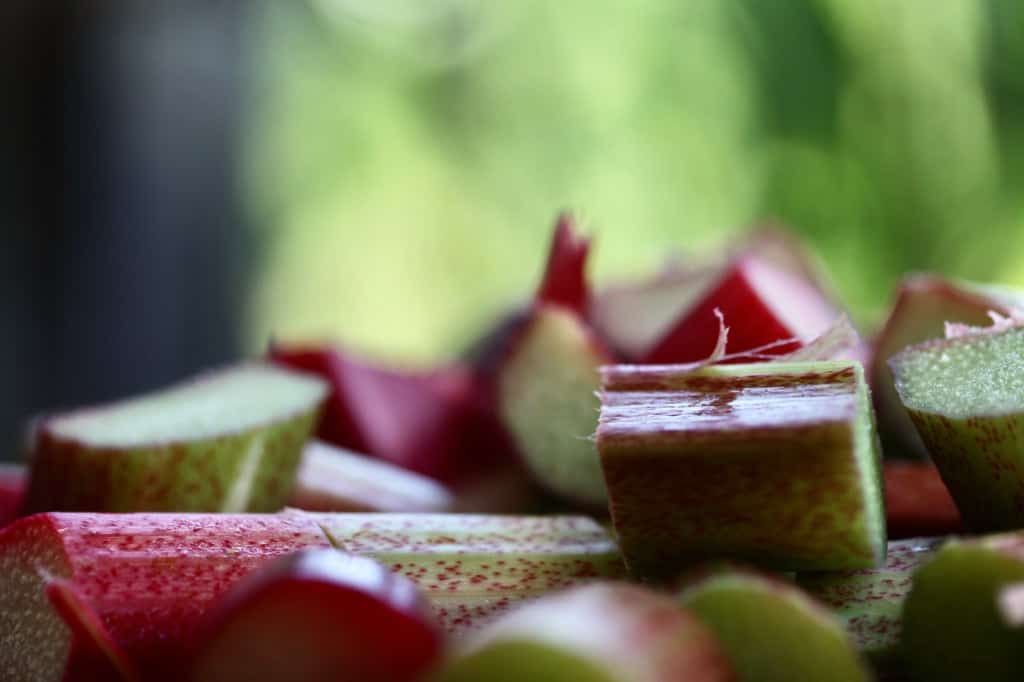
Does Rhubarb Have Pectin In It?
Rhubarb contains a small amount of pectin. Adding additional pectin is not necessary for rhubarb jam, as the jam can be easily made with just rhubarb and sugar alone. However pectin can be added to give the rhubarb jam a more gelled consistency, and there are a number of ways that this can be done.
Can You Use Lemon Juice Instead Of Pectin In Jam?
- In many jam recipes packet pectin can be added, either in powdered or liquid forms.
- However pectin can be also added naturally with the addition of lemon juice, either fresh or bottled.
- In the jam that we made with pectin, we used the juice of a freshly squeezed lemon to provide the pectin. This pectin is citrus pectin, and was added to the second batch of jam.
- Bottled lemon juice is preferred by many due to it's guaranteed acidity content.

How To Make Rhubarb Jam
We decided to preserve some rhubarb by making several types of rhubarb jam. Each recipe is a simple rhubarb jam, using simple ingredients.
We made our first batch without pectin, and our second batch with pectin.
Each batch contained the same amount of rhubarb, with six cups of chopped rhubarb in each batch.
We varied the amount of sugar, using one cup for the batch without pectin, and two cups for the batch with pectin.
1. Maceration
We used a process called maceration to draw the juice from the flesh of the rhubarb.
This process is similar to what many do with strawberries as they are prepared for strawberry shortcake. Adding the sugar to the fruit draws out the juices.
The maceration process works equally as well on rhubarb.
Sugar was added to the rhubarb and was left to sit overnight for about about twelve hours. You can leave the rhubarb even longer during this process, up to twenty-four hours.
After sitting in the sugar for a twelve hour period there was a good amount of juice in the bottom of the bowl. This juice is then used to start the rhubarb jam.
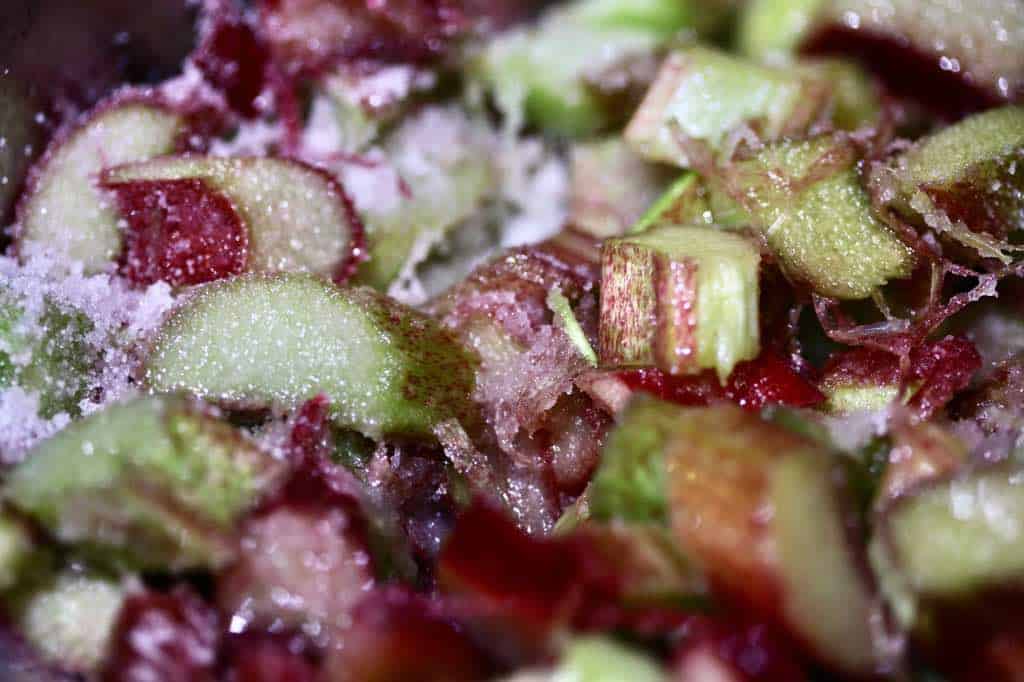
2. How To Make Rhubarb Jam Without Pectin
The first batch of jam was made without pectin.
We prepared our canning jars in the oven at 225°F for 10 minutes, and boiled the lids for the same amount of time.
Ingredients:
- 6 cups of chopped fresh rhubarb
- 1 cup of sugar
Preparation:
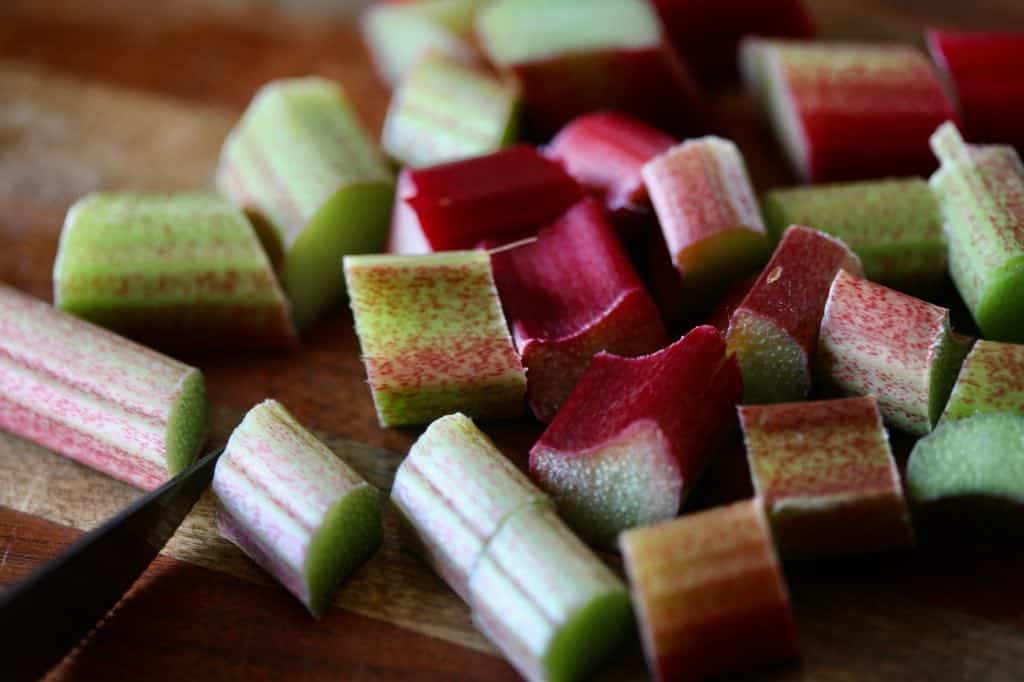
- Combine the rhubarb with the sugar and mix.
- Set aside for twelve to twenty-four hours to macerate. We placed ours in the fridge overnight for this process.
- After the rhubarb has been allowed to sit in the sugar and the juice has been drawn into the bowl, it's time to drain the juice.
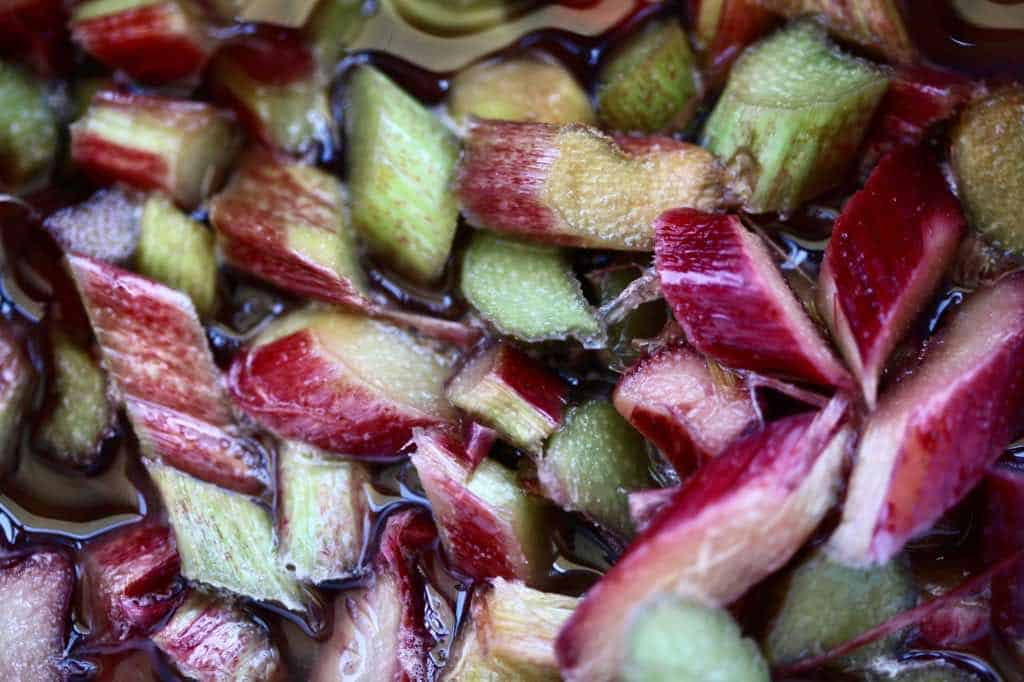
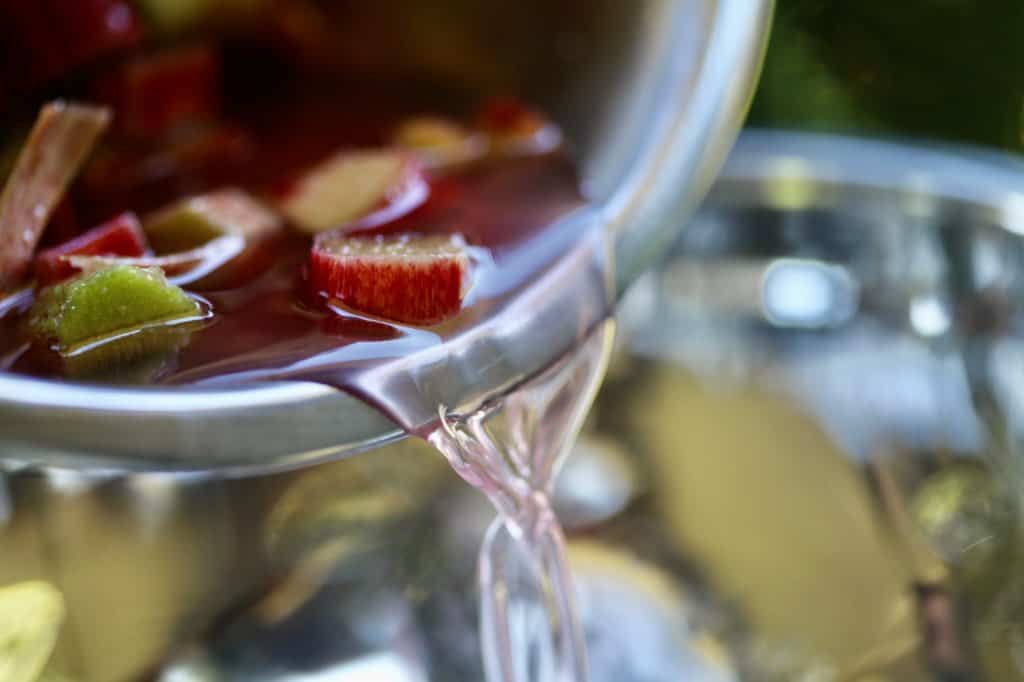
- Drain the juice and place the juice into a pot or large saucepan.
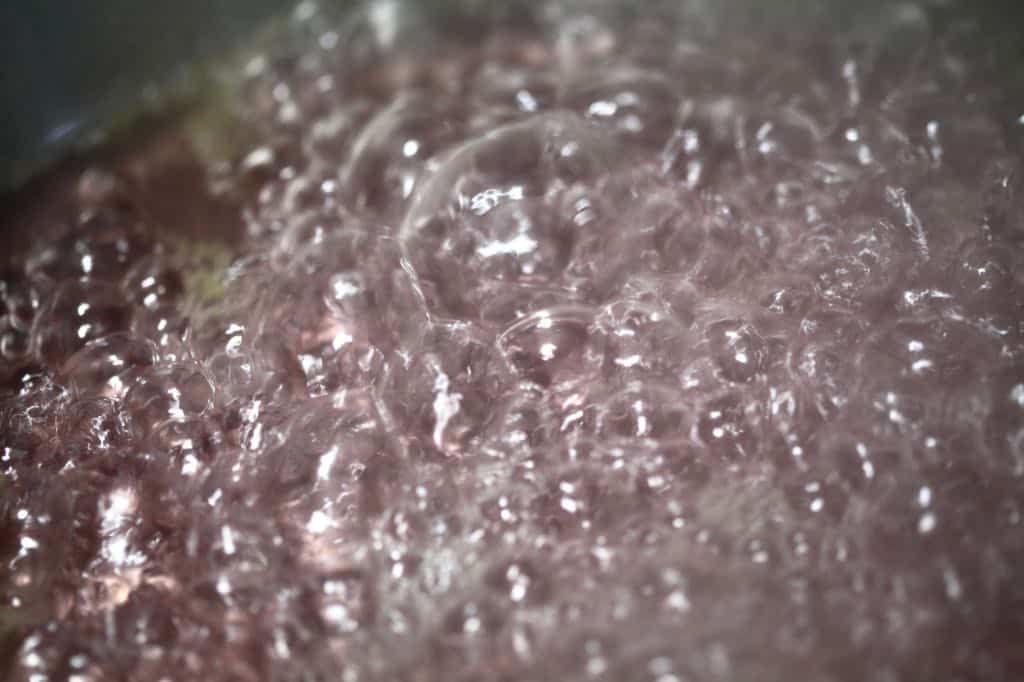
- On medium to medium-high heat, boil the rhubarb juice, bringing to a full rolling boil for several minutes, then add the rhubarb pieces back into the pot.
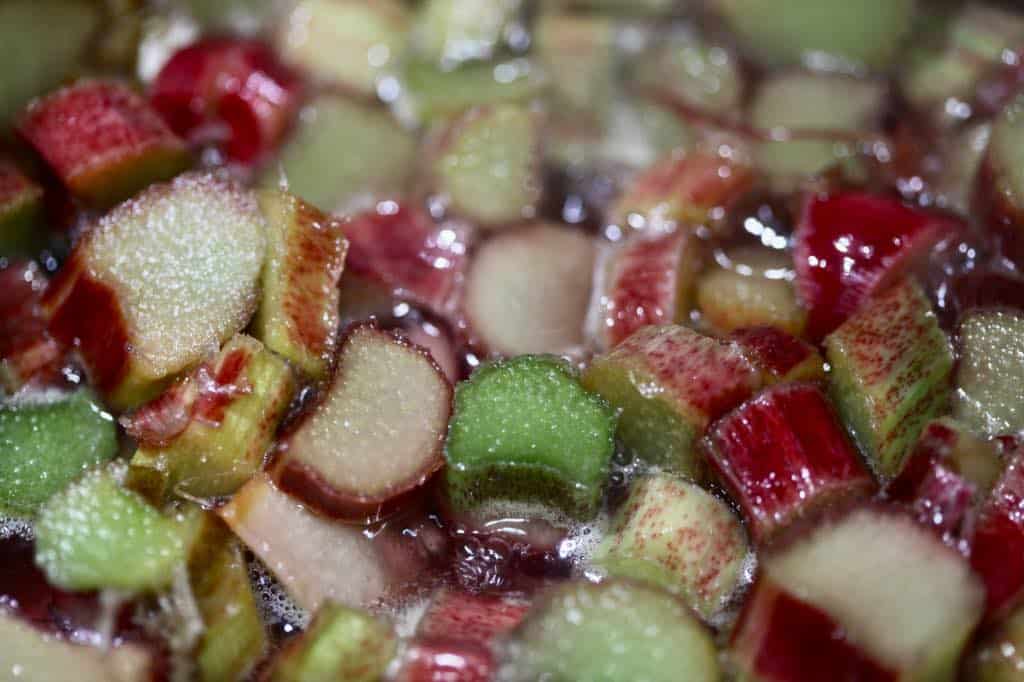
- Cook for approximately five to ten minutes on medium to high heat until the rhubarb softens completely and the mixture becomes thick.
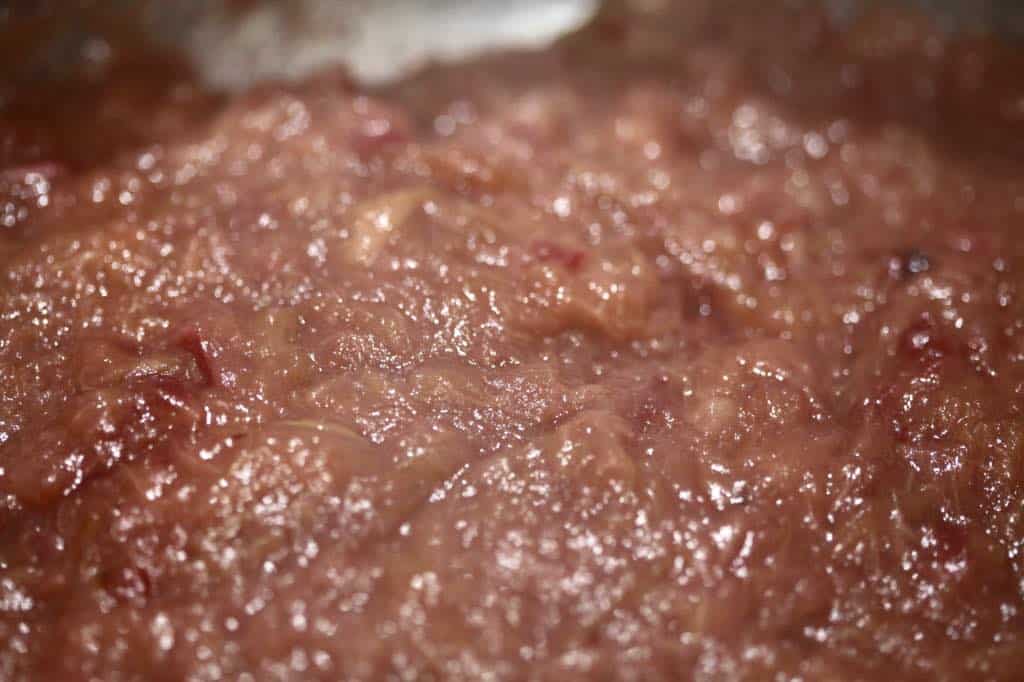
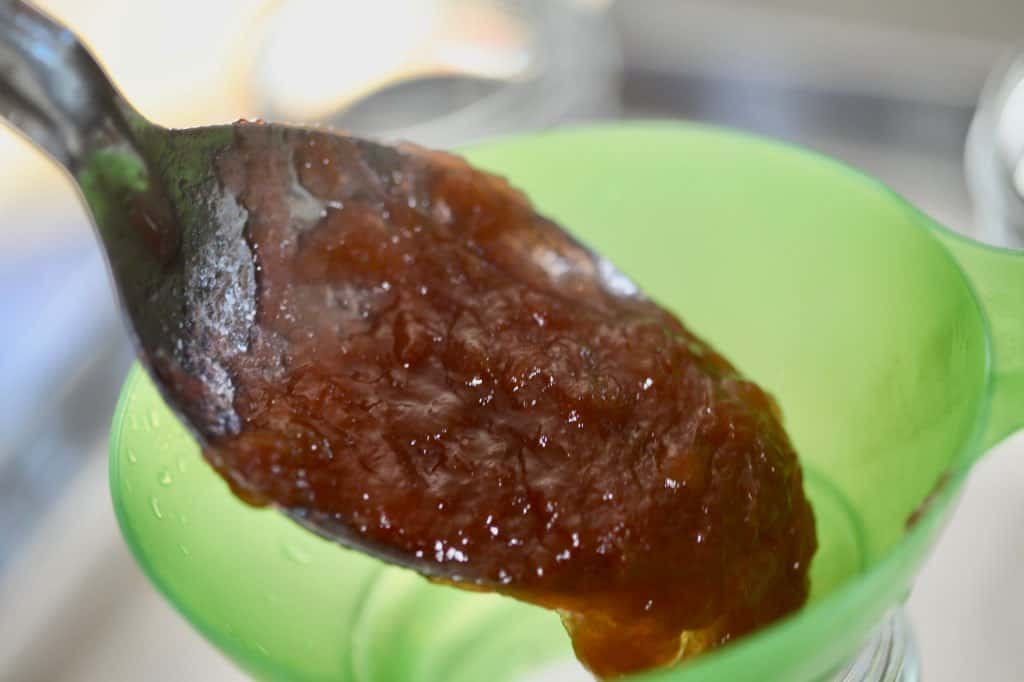
- Using a jar funnel, pour into canning jars, wipe the rims of the jars, and place lids on the jars.
- Boil in a hot water bath for ten minutes using a water bath canner for further safe preservation and a longer shelf life.
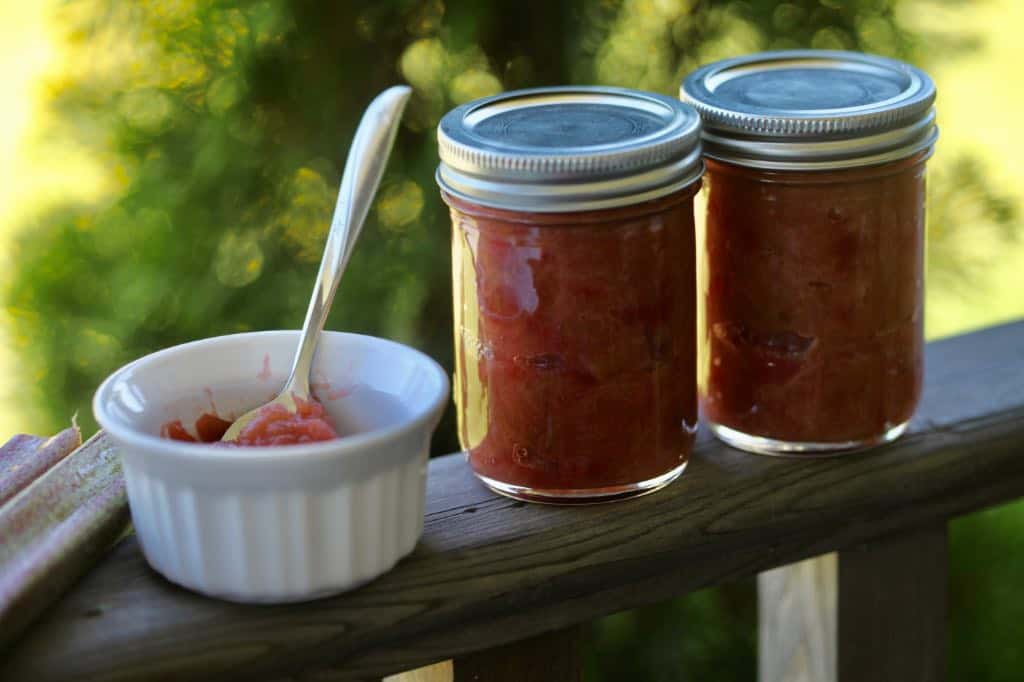
End Results:
I really liked this jam and the proportions of sugar to rhubarb were practically perfect for my taste. Not too sweet, and with a perfect balance of tart and sweetness.
This recipe filled two 250 ml mason jars plus a dollop more to place in a small bowl.
The jam was lovely and light, with a texture much like a stewed rhubarb cooked down to a more jam-like consistency.
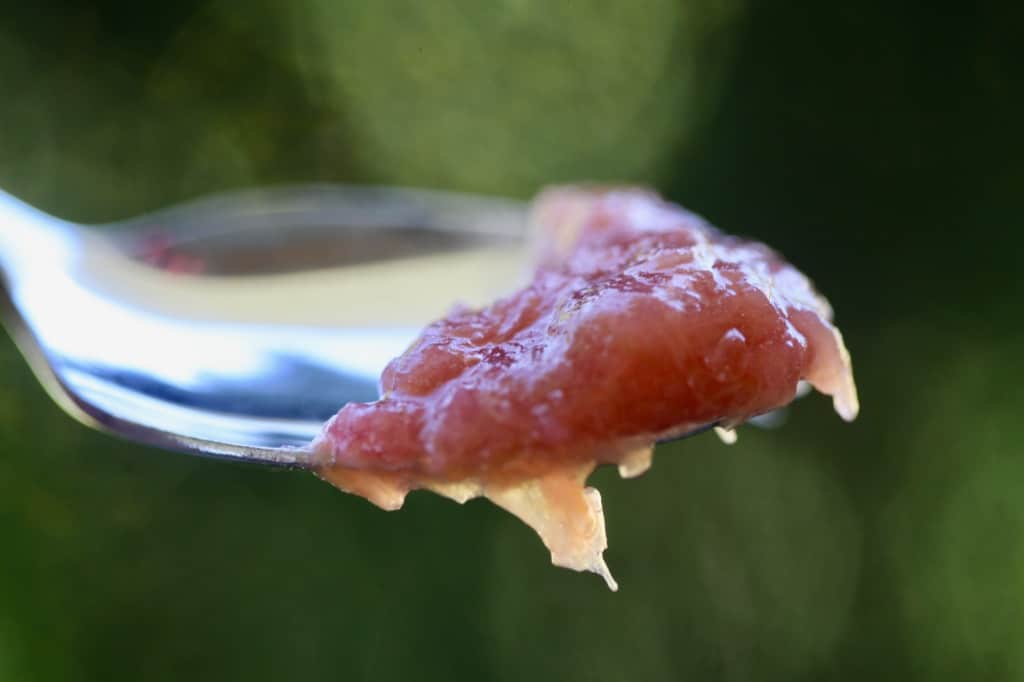
3. How To Make Rhubarb Jam With Pectin
Our second batch of rhubarb jam was made with pectin. We also increased the sugar amount, doubled in fact, compared to the first batch.
This batch was much sweeter in taste, and had a more gelled consistency.
Ingredients:
- 6 cups of chopped rhubarb
- 2 cups of sugar
- Juice of 1 freshly squeezed lemon
Directions:
- The directions are similar to the first batch.
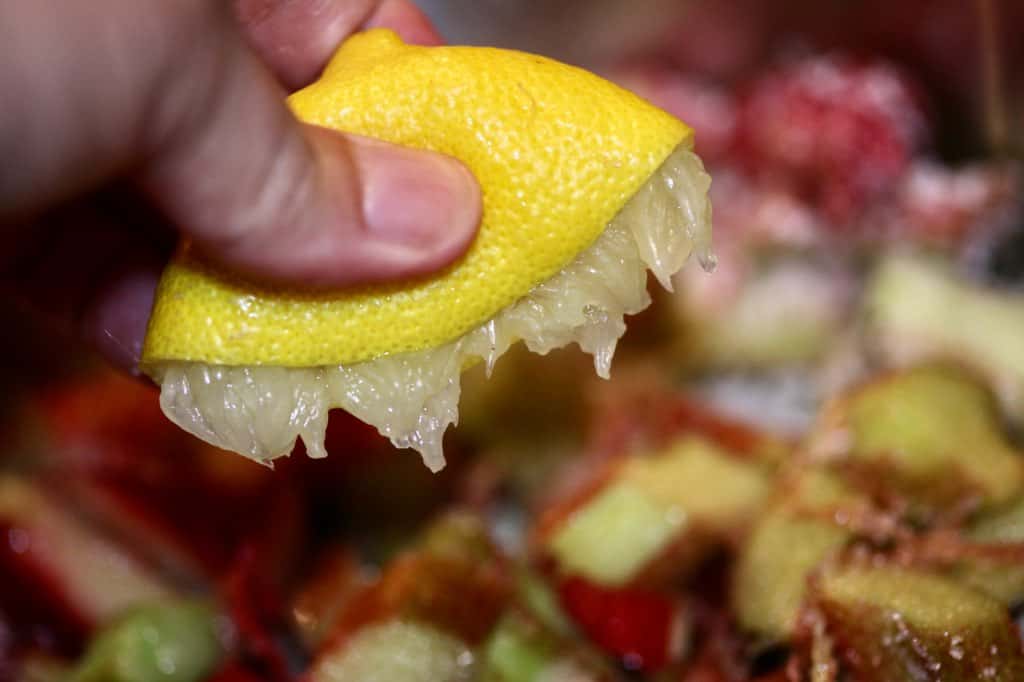
- The only difference is the addition of the lemon, and of course the increased sugar.
- Add the lemon when you are adding the sugar to the chopped rhubarb, as you are preparing to macerate the rhubarb.
- Allow to sit for twelve to twenty-four hours. We placed the bowl in the fridge for this process.

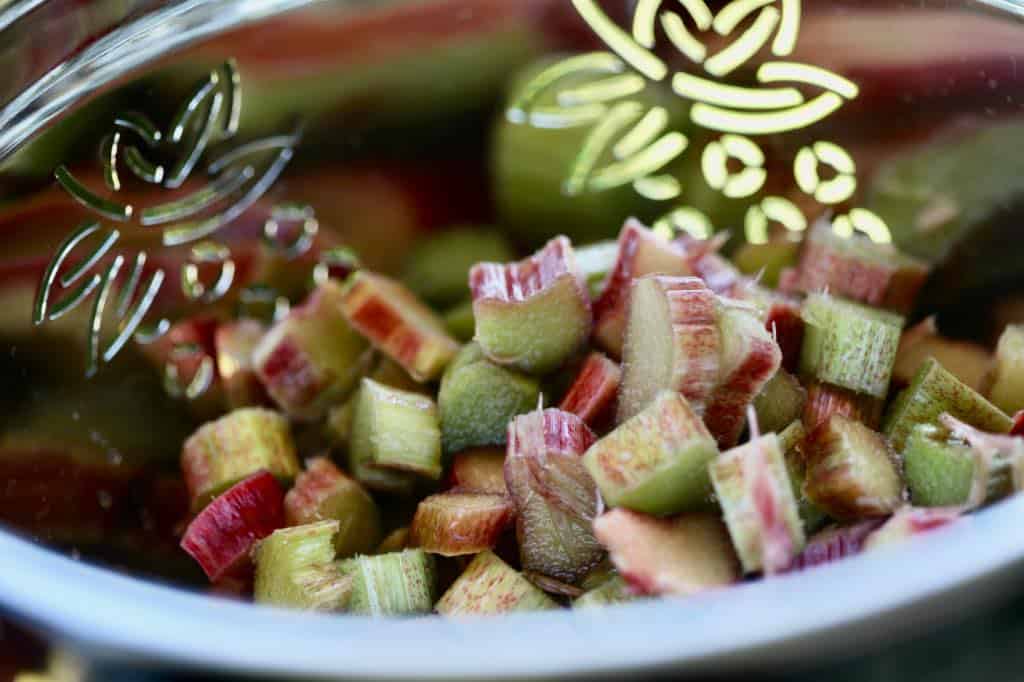
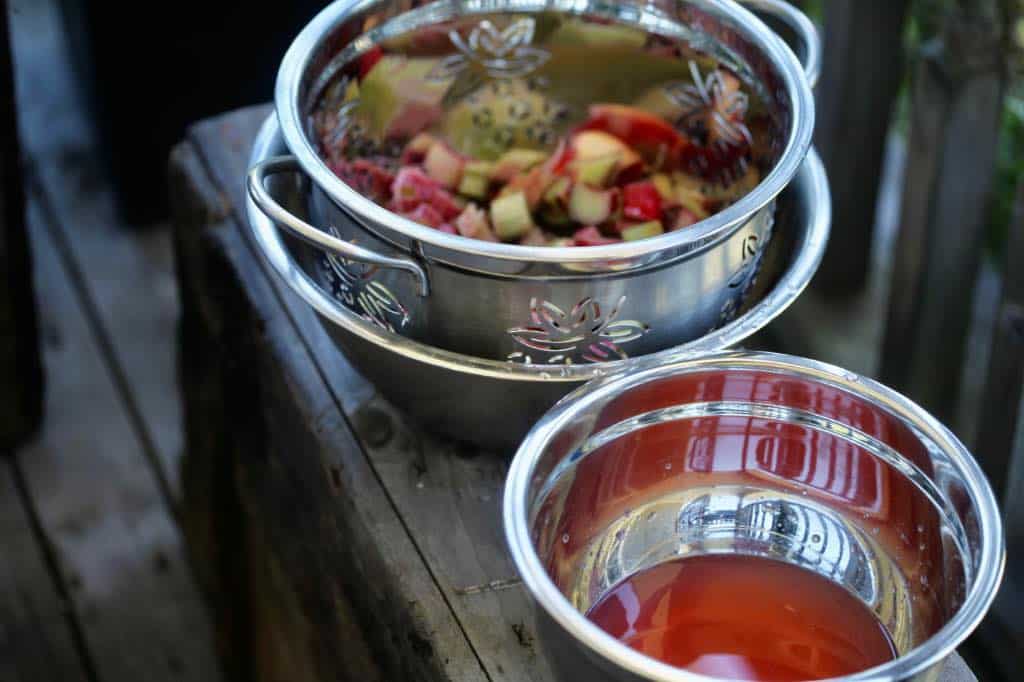
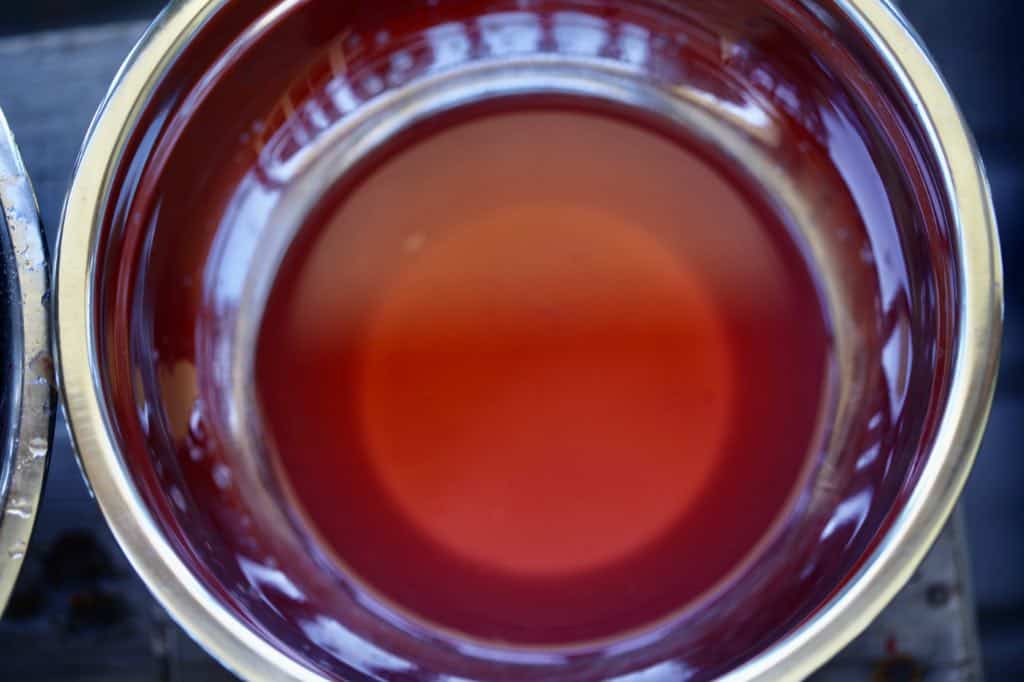
- Strain the juice from the rhubarb and place the juice into a large pot.
- On medium heat, bring the juice to a full boil, and boil for several minutes.
- Add the rhubarb to the juice in the pot and cook for five to ten minutes until thickened.
- Pour the hot jam into hot jars which have been prepared and sterilized.
- Place in a boiling water canner for ten minutes to further preserve for storage.
End Results:
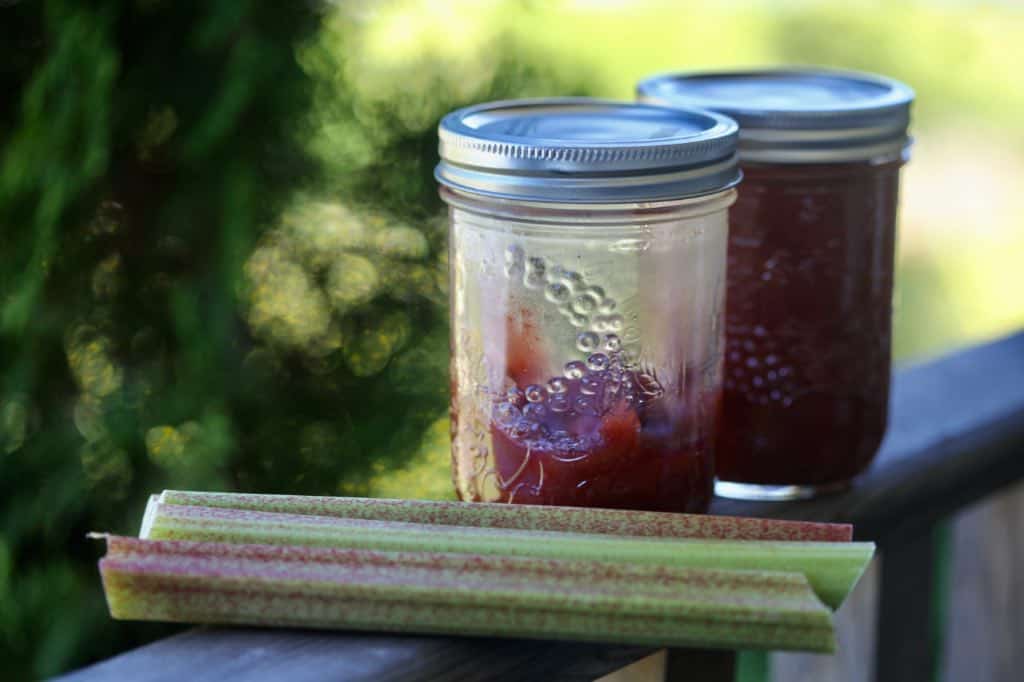
This recipe filled one 500 ml mason jar plus an additional one third of another 500 ml bottle, which we used up right away.
This jam was also delicious, and definitely on the sweet side.
I preferred the gelled texture of this jam to the first, which was a result of the added pectin from the lemon.
My next batch will be a combination of the two.
The next batch will have the added pectin, however I will reduce the sugar back to one cup per six cups of rhubarb for my own individual preference of less sugar.
You can make adjustments to the sugar content with these two methods. If using packaged pectin, follow the directions on the package for sugar amounts.
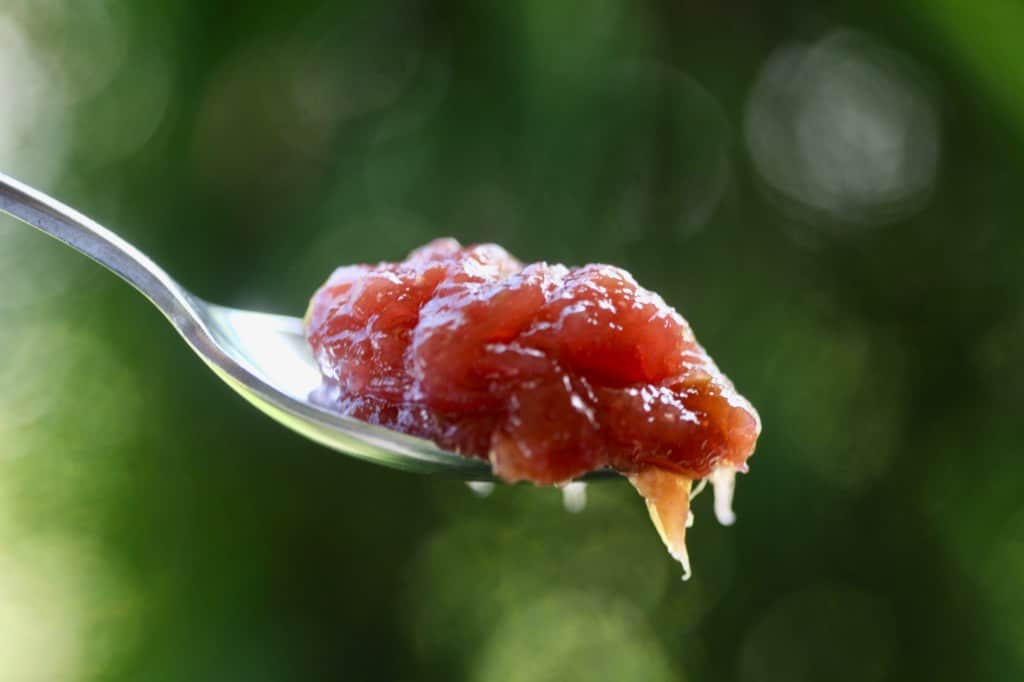
Storing Rhubarb Jam
Store rhubarb jam which has been prepared using proper canning techniques, in a cool and dark place for longest storage life.
Make sure to label the date of storage on the jar.
The jam will be good for up to 6 months.
How To Eat Rhubarb Jam
Enjoy your fresh homemade rhubarb jam on a piece of toast, or on a toasted bagel.
Try on a hot waffle, and add a dollop of whipped cream.
The tartness of the jam makes it an excellent topping for yogurt and ice cream as well, for a perfect balance of both sweetness and tart.
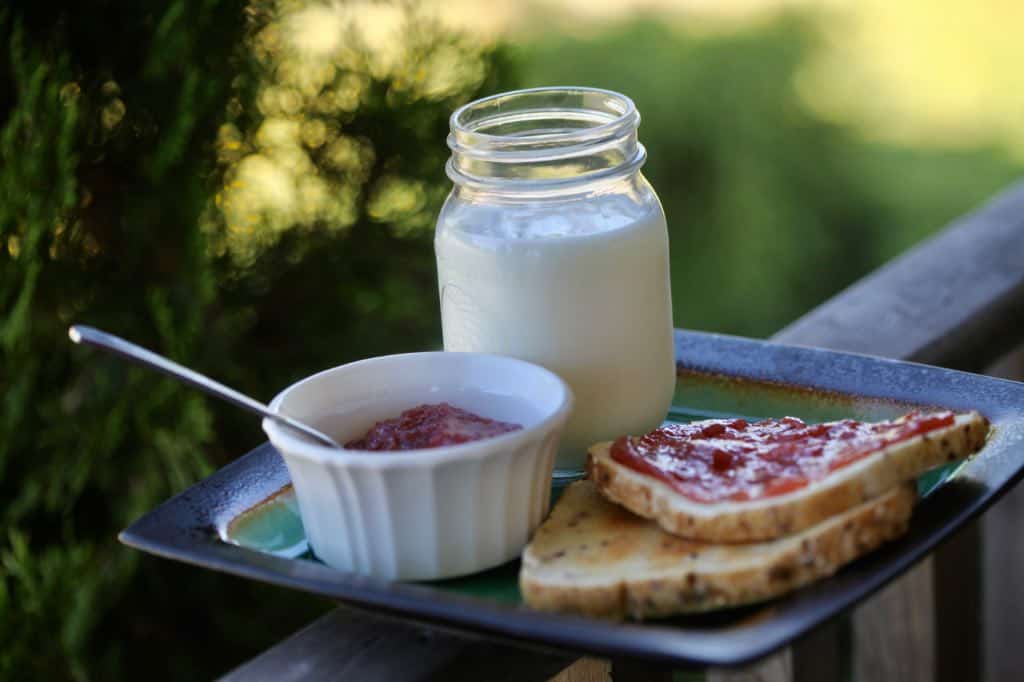
Frequently Asked Questions
Do You Peel Rhubarb For Jam?
There is no need to peel rhubarb when preparing it to make jam. The skin of the rhubarb will soften completely during the cooking process.
Those stringy bits that you may notice in the skin in raw rhubarb will not be noticeable after the jam is cooked and the pulp has softened.
Rhubarb does have a tendency to get stringy, especially after it has been in the fridge for a few days. However after it is cooked you will not even notice these pieces, as they become moist and softened.
How Do You Thicken Rhubarb Jam?
Rhubarb jam naturally thickens on it's own during the cooking process.
Even rhubarb jam without pectin naturally thickens as it is cooked down. This jam has a consistency similar to stewed rhubarb.
Rhubarb jam with pectin is also thick, however has more of a gelled consistency than the jam without pectin.

Will My Jam Thicken As It Cools?
After the jam has cooled down it can thicken even more.
Any jam with pectin can take some time to set.
Our jam with pectin was even thicker by the next day.
In general, both of these jams tended to be quite thick even before they had cooled, due to the nature of rhubarb.
Does Lemon Juice Thicken Jam?
Lemon juice contains pectin, which is a naturally occurring substance found in plants. Lemon juice will help to thicken the jam due to the high pectin content in the fruit.
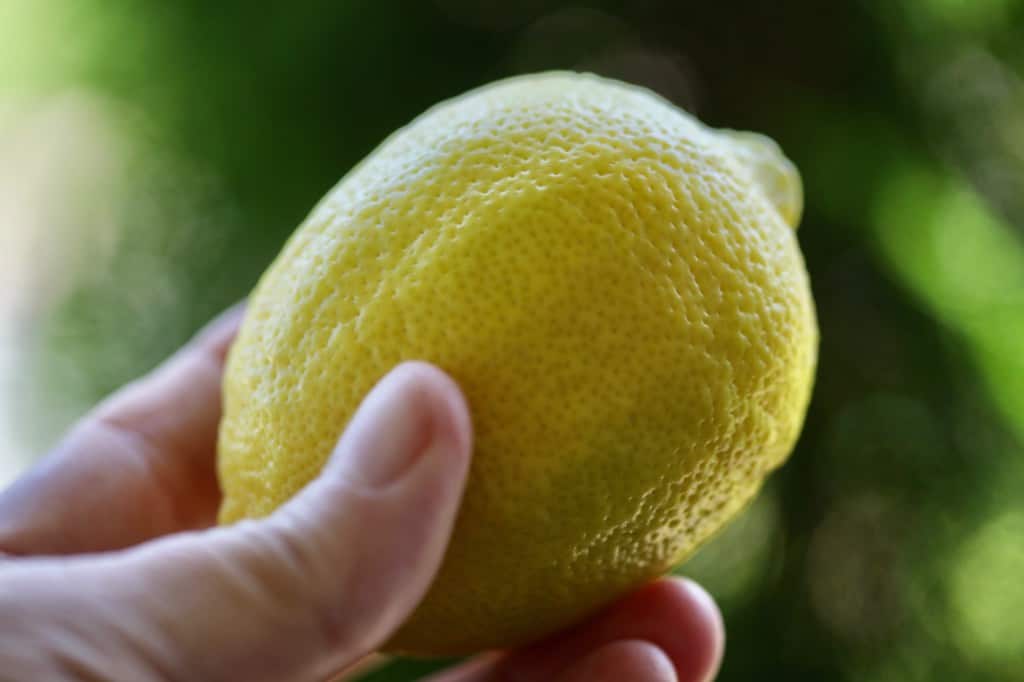
Here is a great article from thekitchn.com explaining why you have to add lemon juice when making jam, and the role pectin plays in jam set and safety.
It's actually a bit scientific, and has to do with ph and neutralizing negative charges on pectin strands.
Essentially, if you add pectin to your jam while it is being cooked and heated, it will help the jam to thicken and set.
The acidity of the lemon also plays a role in safety and reduction of bacteria for safe preserving.
Bottled lemon juice is better than fresh lemon juice as it has a guaranteed acidic content, whereas with a fresh lemon the acidity will vary.
Of course you don't always have to add lemon juice, as there are other sources of pectin.
And as well, you don't always have to add pectin, as was the case for our jam without pectin.
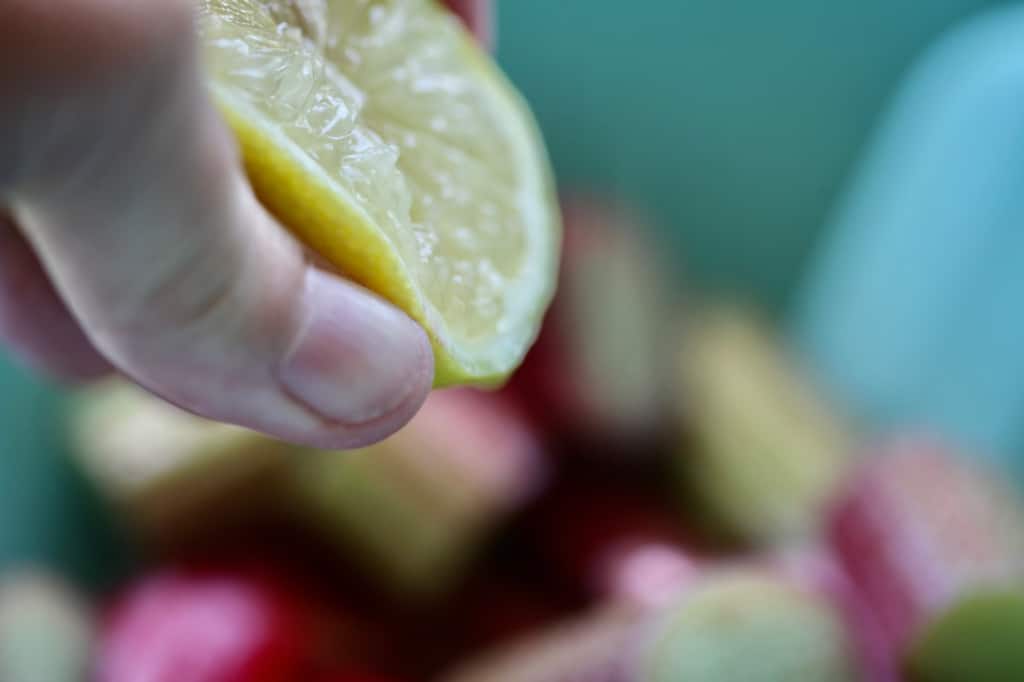
Conclusion
Rhubarb jam is very easy to make, and is a perfect addition to the food pantry. Making this flavourful jam a great way to preserve some of your rhubarb harvest for later use.
This delicious jam can be prepared in a number of different ways, depending on personal taste.
Adding just a small amount of pectin to the rhubarb changes it's consistency slightly, making it lighter and more gelled like a jam.
Making rhubarb jam without adding pectin will thicken from the rhubarb's own pectin, and has a consistency more like stewed rhubarb.
Try making some rhubarb jam this season, and enjoy the bounty of your rhubarb harvest!
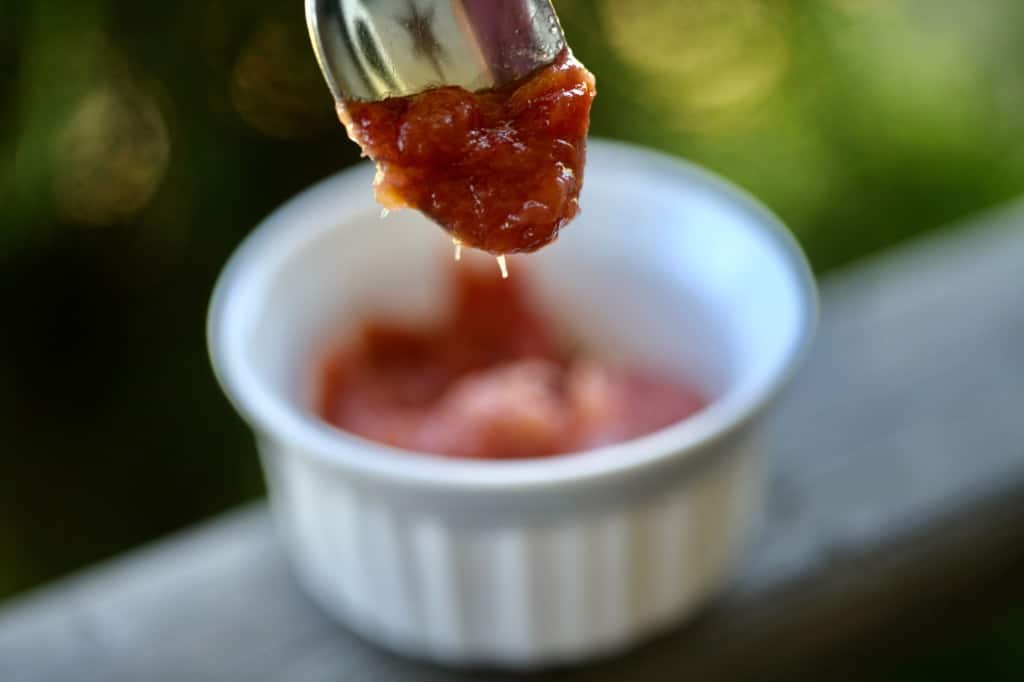
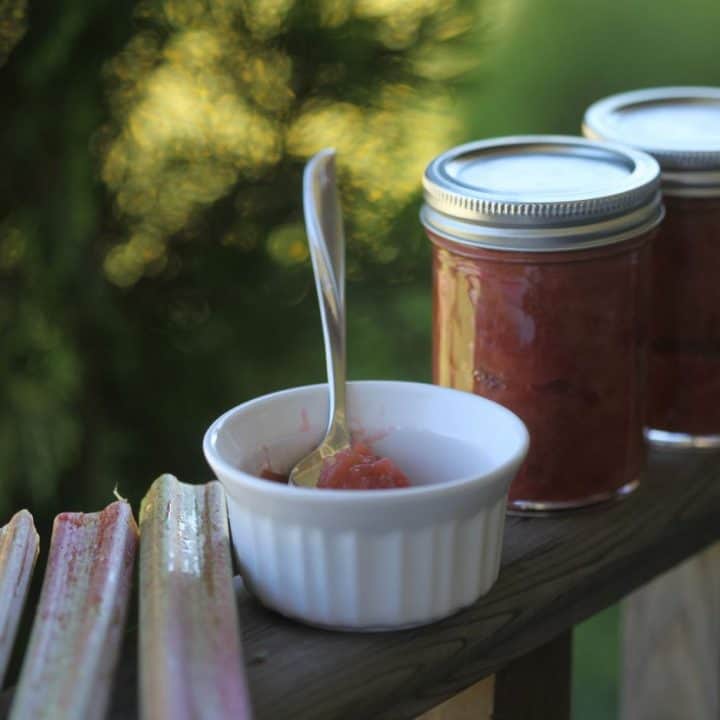
Rhubarb Jam Recipe -With And Without Pectin
We decided to preserve some rhubarb by making several types of rhubarb jam. We made our first batch without pectin, and our second batch with pectin. Each batch contained the same amount of rhubarb, with six cups in each batch.
Ingredients
- 6 cups of chopped rhubarb for each batch
- 1 to 2 cups of sugar for each batch ( we used 1 cup for the batch without pectin, and 2 cups for the batch with pectin)
- juice of 1 lemon for the jam with pectin
Instructions
- For each batch, macerate the rhubarb in a bowl with the sugar for 12 to 24 hours.
- Add the lemon juice to the bowl for the batch with pectin, at the same time that you add the sugar, as this will be the pectin source.
- After macerating, strain the juice from the rhubarb.
- Pour the juice into a pot and boil for several minutes.
- Add the rhubarb and continue to cook for another 5 to 10 minutes until thick and soft.
- Pour into prepared and sterilized mason jars, and cap with sterilized lids.
- Place in water bath canner for ten minutes to further preserve for storage.
Notes
Sterilize jars by placing in oven at 225°F for 10 minutes, and sterilize jar caps and lids by placing in boiling water for 10 minutes.
Nutrition Information:
Yield: 32 tbsp Serving Size: 1 tbspAmount Per Serving: Calories: 60Total Fat: 0gSaturated Fat: 0gTrans Fat: 0gUnsaturated Fat: 0gCholesterol: 0mgSodium: 4mgCarbohydrates: 15gFiber: 1gSugar: 13gProtein: 0g
Have you ever made rhubarb jam, with or without pectin? Be sure to leave us a comment below to share your thoughts!
Other Jams And Jellies You May Like:
OTHER POSTS YOU MAY LIKE:
See the Web Story on Making Rhubarb Jam With And Without Pectin!
PIN IT FOR LATER!
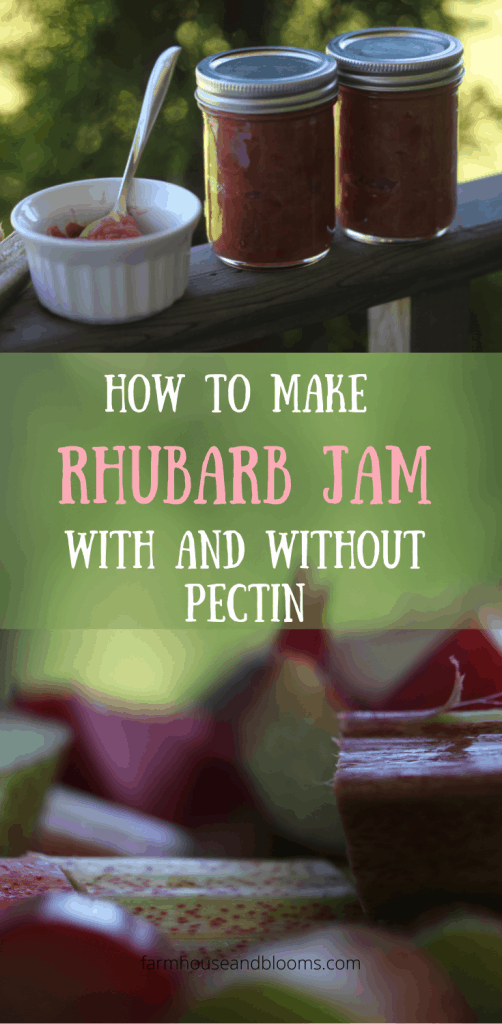
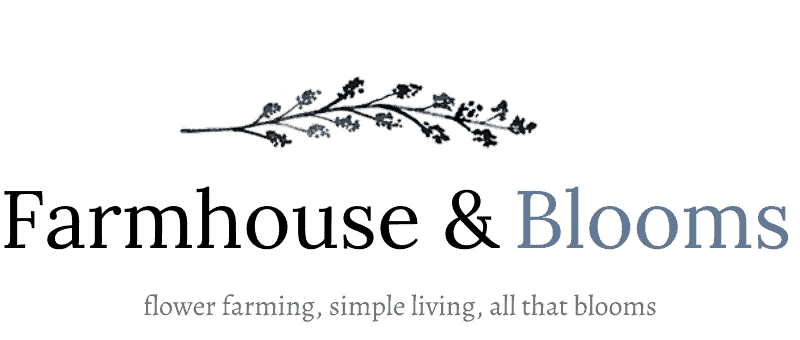

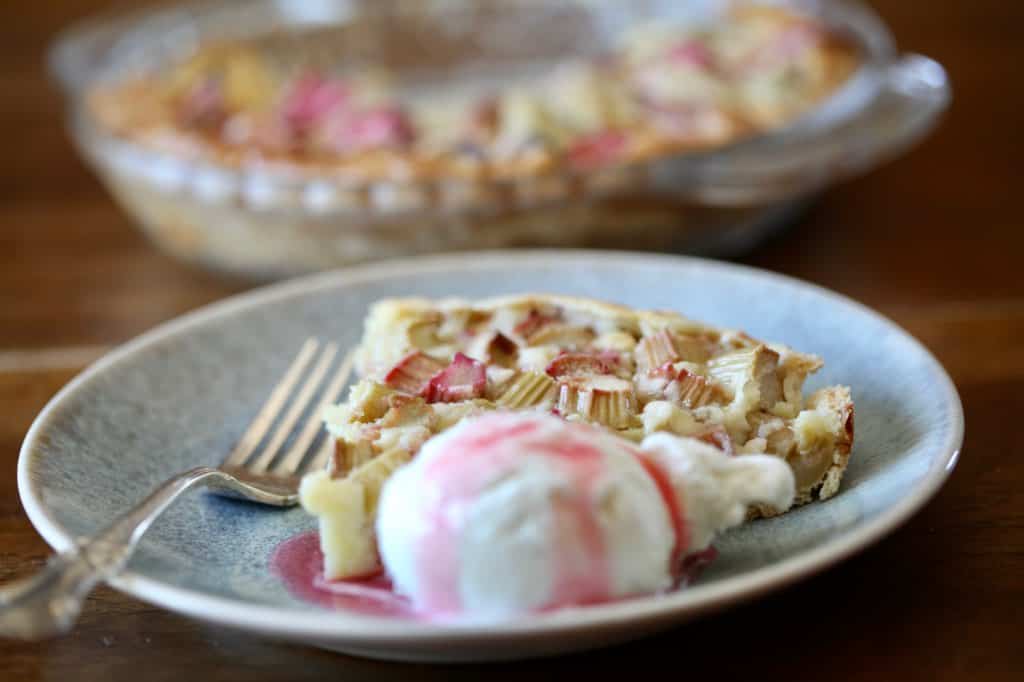
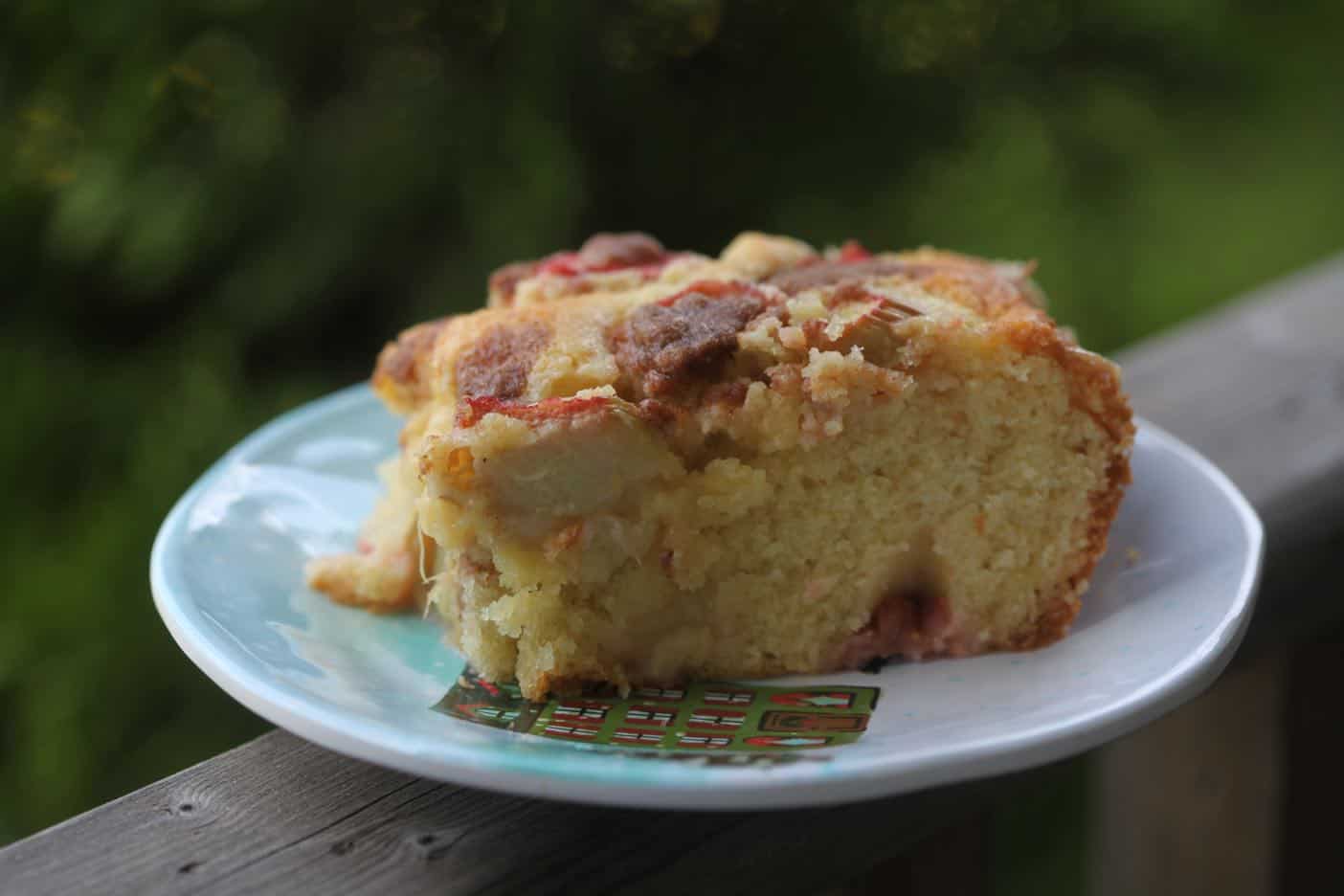
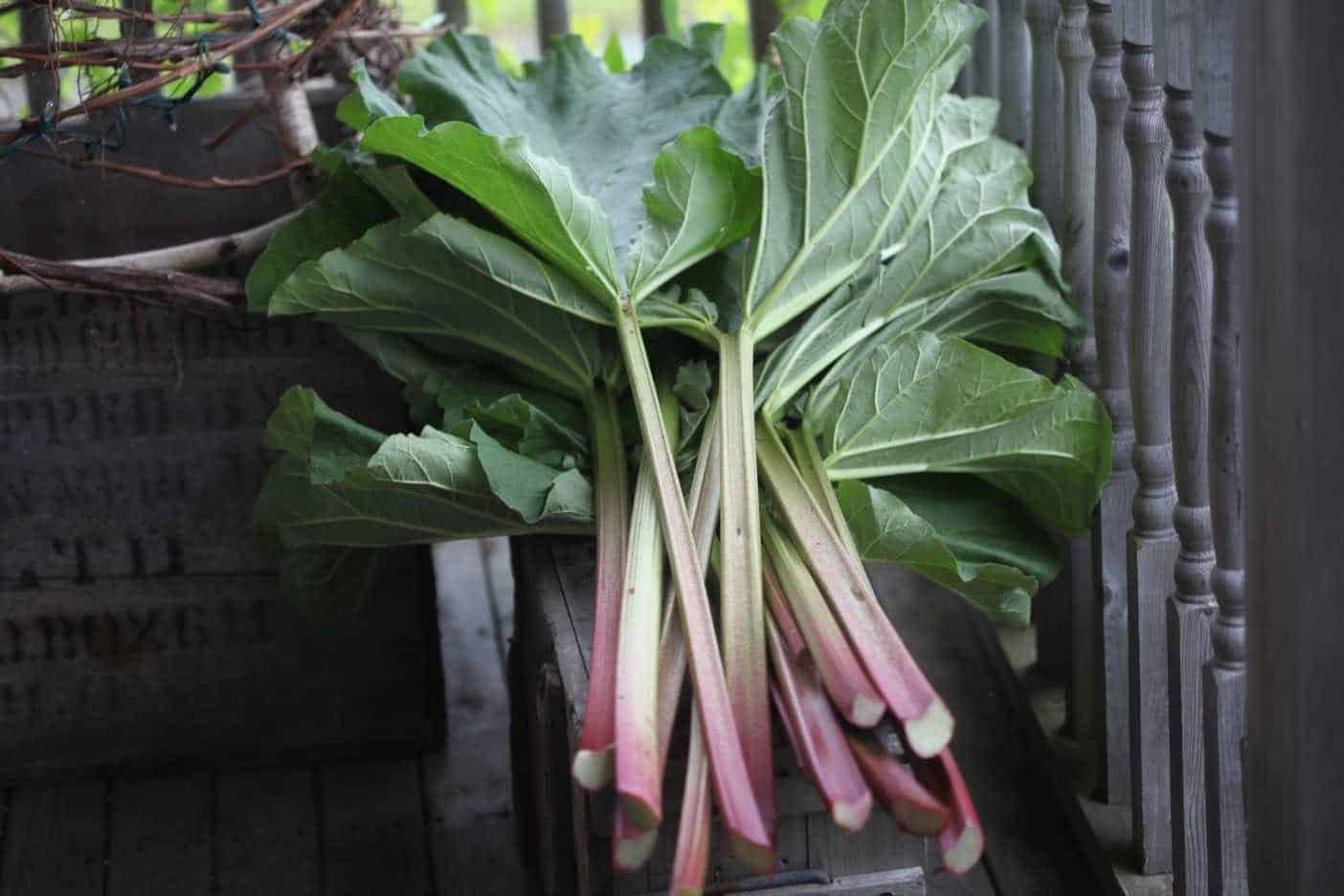

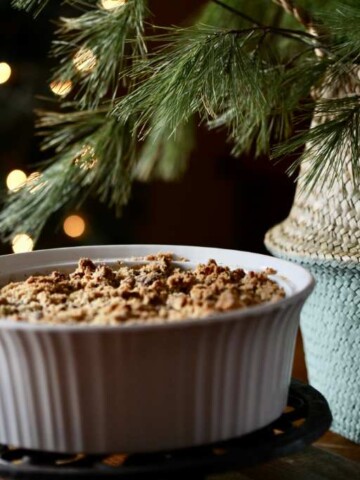
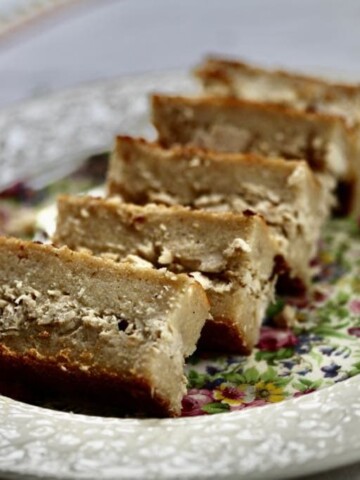
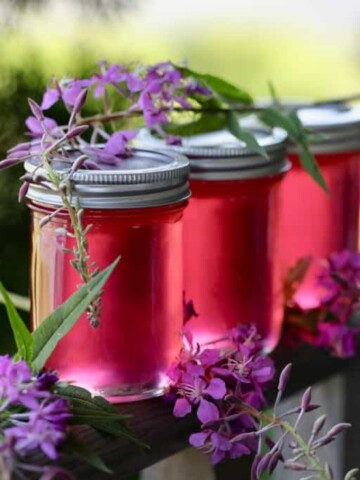
Leave a Reply